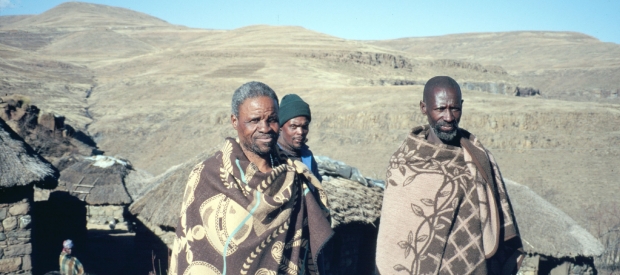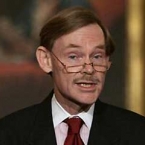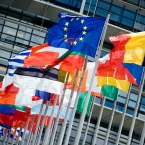World Bank Group
With more than 600 projects funded since the 1950s, the World Bank Group (including its private-sector arm, the International Finance Corporation) has traditionally been the world’s most important financier of dams. The Bank also plays a key role in setting the institutional groundwork, propagating and legitimizing large dams.
World Bank projects like the Kariba Dam on the Zambezi, the Akosombo Dam on the Volta and the Sardar Sarovar Dam on the Narmada River were supposed to transform whole countries and regions. Once the disastrous social, environmental and economic impacts of such projects became apparent, the Bank largely withdrew from the sector in 1993.
"Lending for big dams accounts for 10% of the World Bank's portfolio but 95% of its headaches." John Briscoe, World Bank senior water advisor, 2003
Against the recommendations of the independent World Commission on Dams, the World Bank returned to funding high-risk water projects and particularly dams in 2003. In the next 10 years, the Bank approved hydropower projects for a total of approximately $5 billion. Most of these projects were medium-sized. As the Lom Pangar Dam in Cameroon, which floods parts of an important forest reserve, demonstrates, even medium-sized projects can have serious social and environmental impacts.
Since 2011, the World Bank has returned to promoting mega-dams in the centralized, top-down mold of the past. It argues that such projects could “catalyze very large-scale benefits to improve access to infrastructure services”, and has identified the Inga 3 Dam on the Congo River and two multi-billion dollar schemes on the Zambezi as symbols of its renewed approach. The Bank is supporting other mega-dams, including in Ethiopia, through the backdoor of funding for transmission lines.
The World Bank claims that its mega-dams will provide access to electricity for the poorest. This is cynical in that the power generated by the proposed projects on the Congo and Zambezi would primarily serve the mining companies and urban consumers of Southern Africa. In contrast, the International Energy Agency has suggested that 70 percent of the funds required to achieve Energy for All should be invested in decentralized projects based on renewable energy technologies.
International Rivers monitors the World Bank’s return to mega-dams. We support local NGOs in opposing destructive projects, advocate for stronger social and environmental safeguard policies, and promote better solutions.
- Multilateral Development Banks' Project Pipelines: A quarterly report on dam projects to watch out for at the the African Development Bank, the Asian Development Bank, the European Investment Bank, the Inter-American Development Bank, the International Finance Corporation, and the World Bank.







